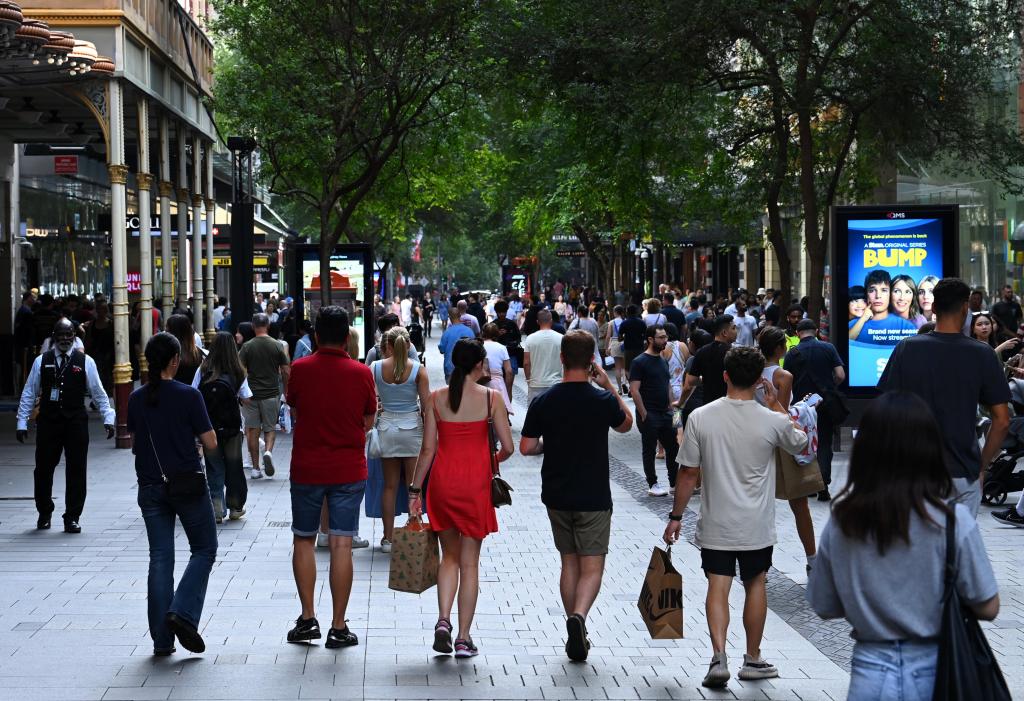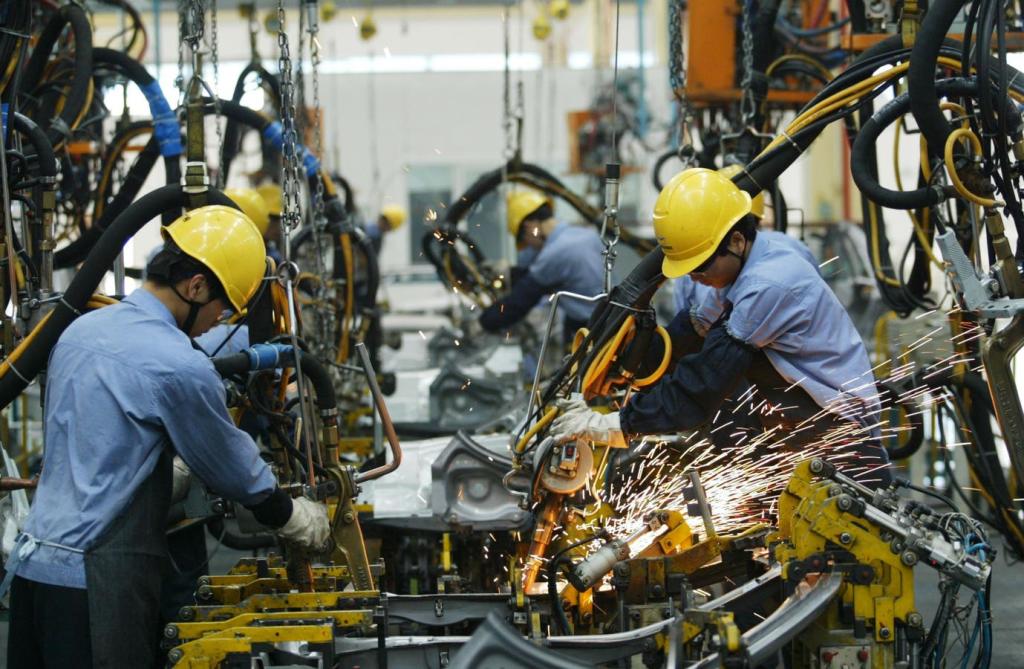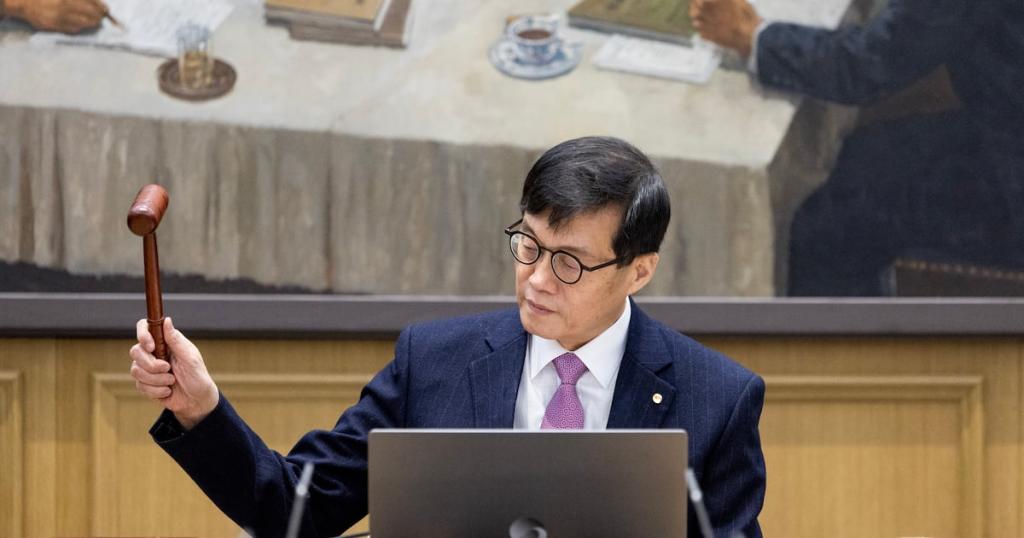Australia's Economic Struggles Amidst Rising Costs and Slow Growth
Australia faces economic stagnation with rising costs and consumer caution, as government spending struggles to sustain growth in these challenging times.

Key Points
- Australia's GDP grew by only 0.2% in the June quarter, marking the weakest growth since the early 1990s outside the pandemic years.
- Household spending is decreasing amid rising costs, with the savings ratio at a historic low of 0.6%, indicating financial strain on families.
- Government spending remains a crucial support for the economy, but broader economic resilience will require innovation and diversification strategies.
The Australian economy is currently experiencing a troubling phase of stagnation, marked by sluggish growth rates and a challenging environment for households. Recent data from the
(ABS) has highlighted a concerning trend that threatens to overshadow the nation’s economic prospects. Despite some growth, the economic situation resembles the slowest recovery since the early 1990s. This post will delve into the key factors affecting the economy, consumer behavior, and potential paths forward for Australians navigating this difficult landscape.
Current Economic Status
Australia’s Gross Domestic Product (GDP) grew by only 0.2% in the June quarter and 1% annually, marking the weakest growth rate (excluding the pandemic years) since 1991-92. Economists had anticipated a slightly higher growth figure, but the reality of escalating interest rates and persistent inflation has constrained economic activity. With households tightening their belts, discretionary spending has plummeted, contributing to a general slowdown in consumer demand across the board.

Given these circumstances, it’s essential to note that government spending has become a crucial driver of growth, accounting for a significant share of economic expansion. In fact, government expenditures climbed by 1.4%, providing much-needed support to an otherwise faltering economy.
Consumer Behavior and Impact on Spending
The economic climate has led to a notable shift in consumer behavior. Households are facing unprecedented cost-of-living pressures, resulting in a marked decrease in overall spending, especially on non-essential items. Reports indicate that spending on transport services and hospitality—which includes hotels and restaurants—has seen substantial cuts, while essential spending only crept up by 0.5% due to population growth.
Young Australians, in particular, have been more cautious with their finances, significantly impacting certain sectors of the economy. In NSW, household expenditure fell by 0.6%, highlighting regional disparities in economic activity. This trend indicates that even as some areas experience growth, others are grappling with significant economic downturns.
The Household Saving Dilemma
What’s particularly concerning is that even as households attempt to save in light of tightening budgets, the household savings ratio remains at a mere 0.6%. This is the lowest level seen in nearly two decades, indicating that individuals are predominantly spending what little income they earn rather than saving for future uncertainties. This lack of a financial cushion amplifies vulnerabilities for families, making the economic landscape even more precarious.
Looking Ahead
Despite the current challenges, there are glimmers of hope on the economic horizon. The
(RBA) remains optimistic that growth could accelerate in the coming years, projecting a modest uptick to 1.7% by the end of this fiscal year. However, for this recovery to be meaningful, it will require careful navigation through the complexities of inflation and interest rates. Economists suggest that significant changes in the global economic landscape could provide the stimulus needed to invigorate growth.
Moreover, Australia must continue to focus on diversifying its economic activities beyond traditional sectors to create a more resilient economy. Emphasizing innovation and sustainability in industries such as technology and renewable energy could foster growth that better withstands external shocks.
In wrapping up, the current economic landscape in Australia is one of mixed signals—a fragile growth supported by government spending, consumer caution, and minimal savings. This is a critical juncture for Australia, as it needs to harness its innate potential for innovation and resilience. The journey towards robust economic recovery will require collective efforts from both policymakers and citizens, focusing on adaptability and forward-thinking strategies to ensure a brighter financial future.


